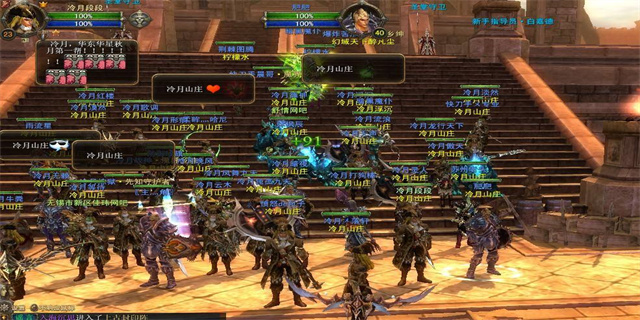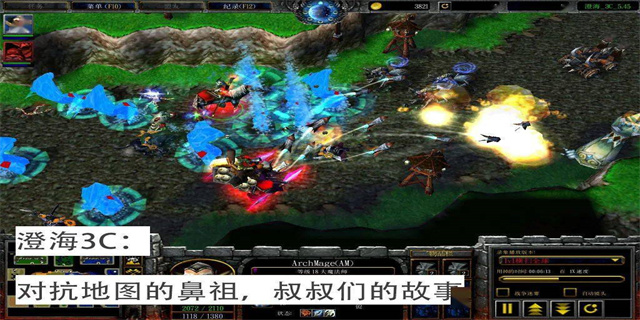Jormungandr: The Mighty Serpent of Norse Mythology
Jormungandr, also known as the Midgard Serpent, is one of the most prominent and feared creatures in Norse mythology. He is known for his immense size and his role in the events that lead up to Ragnarok, the end of the world. This article will explore the origin, characteristics, and significance of Jormungandr in Norse mythology.
The Origin of Jormungandr
Jormungandr is the child of the god Loki and the giantess Angrboda. According to the myth, the three children of Loki and Angrboda were all monsters: Jormungandr, the Midgard Serpent; Fenrir, the giant wolf; and Hel, the goddess of the Norse underworld. The gods of Asgard were alarmed by the birth of these monstrous children and, fearing what they might do in the future, decided to take action.

Odin, the king of the gods, ordered the three children to be taken away from their mother and placed in different realms. Fenrir was taken to Asgard, where he grew to be a fierce and powerful wolf; Hel was sent to the underworld, where she became the ruler of the dead; and Jormungandr was thrown into the sea, where he grew to be a massive serpent that encircles the world.
The Characteristics of Jormungandr
Jormungandr is described as a serpent of immense size, so long that he can wrap himself around the world and hold onto his own tail. His scales are said to be as hard as iron, and his eyes gleam like fire. He is a symbol of chaos and destruction, and his presence foretells the coming of Ragnarok, the end of the world.

In Norse mythology, Jormungandr is also associated with the god Thor. In one famous story, Thor challenges Jormungandr to a battle and manages to catch him with his fishing hook. Jormungandr struggles with all his might, but Thor eventually manages to pull him out of the sea. However, just as Thor is about to strike the serpent with his hammer, the boat they are standing on begins to sink, and Jormungandr slips back into the sea.
The significance of Jormungandr
Jormungandr plays a significant role in Norse mythology as a symbol of the forces of chaos and destruction. His presence in the world signifies the instability of the world and the inevitability of its destruction. At the same time, however, he is also a reminder of the power of the gods and their ability to control the forces of nature.
Moreover, Jormungandr is also a symbol of the cyclical nature of things. His biting his own tail represents the endless cycle of birth and death, and his connection to Thor represents the relationship between chaos and order, destruction and creation.
In conclusion, Jormungandr is a fascinating character in Norse mythology that embodies the awe-inspiring might and complexity of the natural world. His story provides us with insight into the Norse worldview and the relationship between gods and mortals, and his legacy in popular culture continues to inspire and fascinate people today.



















